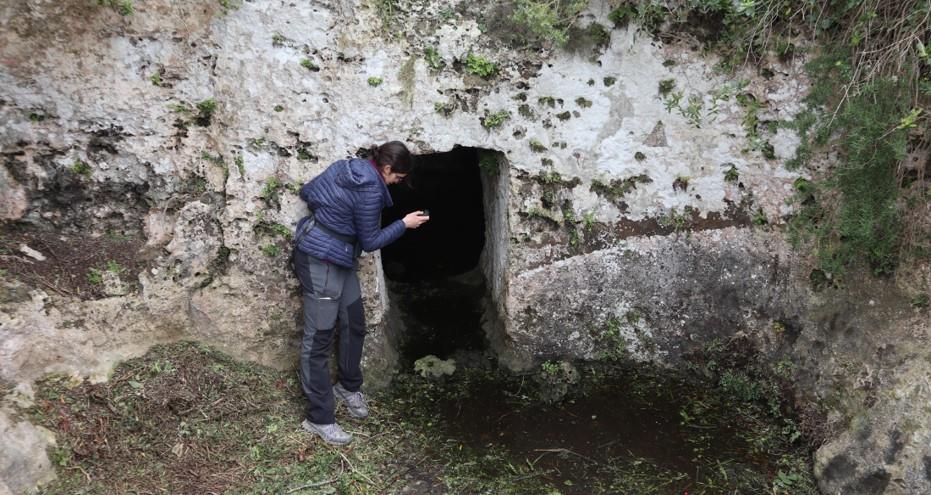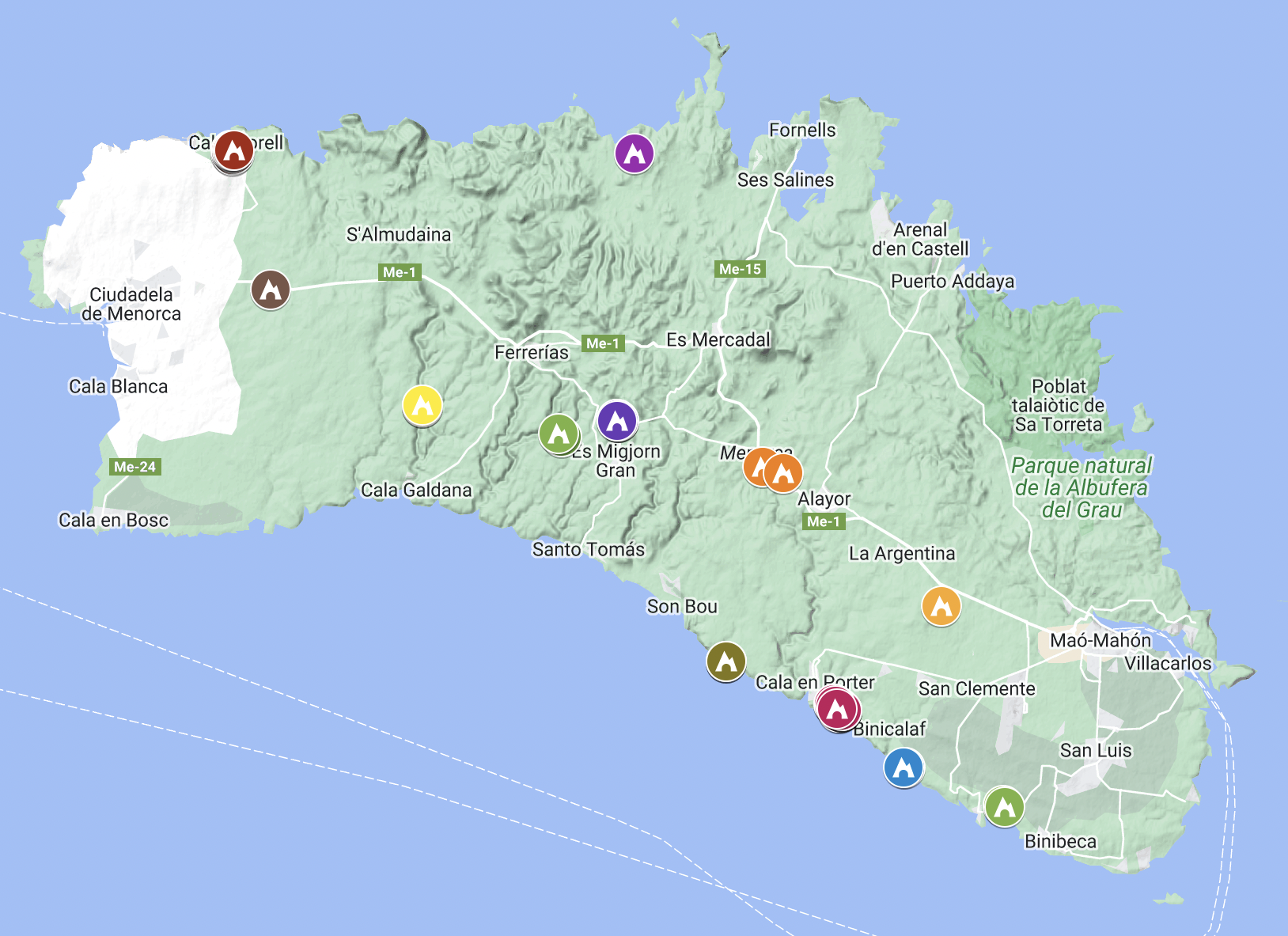 Historian and archaeologist Sonia Carbonell recently presented her thesis at the University of Alicante, entitled Social complexification and processes of change in the 1st millennium BCE. An analysis of Menorcan society based on the funerary record, in which she proposes a new hypothesis as to the evolution of late Talayotic society.
Historian and archaeologist Sonia Carbonell recently presented her thesis at the University of Alicante, entitled Social complexification and processes of change in the 1st millennium BCE. An analysis of Menorcan society based on the funerary record, in which she proposes a new hypothesis as to the evolution of late Talayotic society.
In the eyes of Carbonell, the changes documented in the Talayotic societies of Mallorca and Menorca were the consequence of their inclusion within the orbit of Punic power on Ibiza. The fact is that the Balearic Islands were a strategic point for sailors, which is why groups from the Carthage region settled on these islands. This event triggered economic transformation and change at the social level, reflected in the funerary sphere through a new concept of space, the introduction and/or adaptation of certain architectural elements, and specialised administration of necropolises.
In her study, the historian covers the evolution of Menorcan society over the course of the first millennium BCE, taking into account contact with these foreign groups, and determining how the interaction took place: if it resulted in an adoption, adaptation or rejection of ideas.
Study of the necropolises
The main object of study corresponds to the necropolises comprising artificial caves or hypogea in the late Talayotic period, in the sense of archaeological objects. An empirical observation of these elements offers information as to the social relationships and activities which gave rise to them. As they have in most cases been plundered and reused, what Carbonell did was to
study these spaces from an architectural perspective.

Her work involved documenting
28 sets of caves/hypogea located
throughout the island, in order to analyse the formal and metrical variability of the different architectural elements, such as pillars, pilasters, niches, etc. to be found within. This detailed study served to reconstruct how these spaces were built, and the functional role of this task in Talayotic life during the second half of the 1st millennium BCE.
To compile all this documentation, the Alicante-based archaeologist visited each necropolis, positioning each of the caves/hypogea with a GPS device, creating 3D models and descriptive record sheets, and taking measurements and detailed photographs of the architectural elements. With all this information she was able to determine that these tombs were built by workers with specialist knowledge of the stone and stone-cutting techniques.
Meanwhile, as these caves/hypogea are spaces built artificially by hand, they differ from other, older funerary manifestations, such as walled caves and burial navetas. This was her premise in addressing the question of
why the tombs change, and whether this change could be connected with the integration with Punic groups.